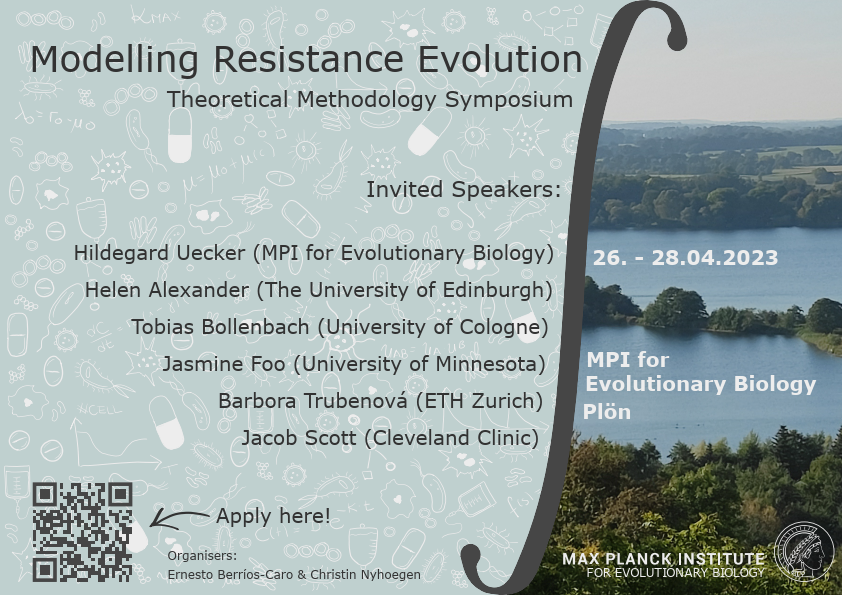Speaker
Description
Many pathogenic cellular populations, such as microbial biofilms or solid tumours, are densely packed. However, little is known about how growth-induced collective dynamics - an inherent feature of these systems - reshape the evolution of resistance against antibiotic or anti-cancer therapy. Modelling such emergent phenomena, coupling the mechanical interactions of individual cells to evolutionary outcomes on the population level, is inherently challenging. In my presentation, I will discuss an integrated modelling approach that combines concepts from active granular matter physics and stochastic numerical models with agent-based simulations and data from genetically tailored microbial experiments. Using this strategy, I will show how spatial population expansion and a density-mediated alteration of selection conspire to create an “inflation-selection balance”. The resulting stabilization of less-fit resistant mutants facilitates their continued evolution, including evolutionary rescue via subsequent cost-compensatory mutations. Finally, I will give a brief outlook on how these physical effects could be integrated with other models to inform evolution-based therapy strategies.

